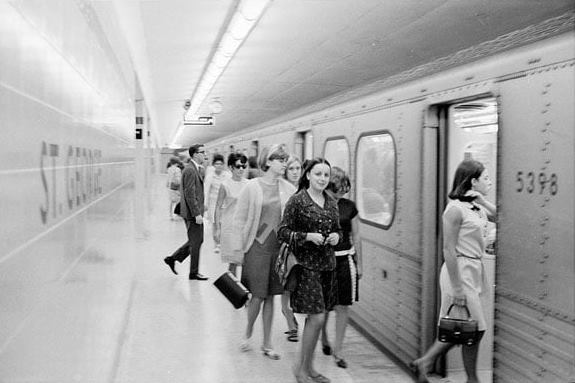syn
Senior Member
One last thing - why all the concern about capacity for the OL when the former Scarborough LRT would have been reasonably close to its capacity limit (only about 5,000 pphd of growth room, or 50% of projected opening day ridership, compared to 100% and about 15,000 pphd growth ability for the OL) and that was radio silence and fierce opposition of spending for higher capacity there? Just Sayin’
I'm not sure that's accurate. I believe the Scarborough LRT not only had more than enough capacity, it wasn't in danger of getting anywhere near it's capacity limit for a long, long time.
As for "why", you answered the question yourself earlier:
additionally, the capacity lost from shifting to smaller trains is about 10-15%, but comes with an approximate 50% cost reduction. That’s significant and a worthy prospect in my mind.
The DRL/OL and Scarborough LRT/SSE are two very different projects. One is foundational, the other is a nice suburban expansion that will likely not justify the investment for several lifetimes (see the Sheppard Subway).
Among all of these major projects, the OL is the one that has the greatest likelihood of exceeding ridership estimates - especially given the method they've used to calculate capacity. Yet for some strange reason it's also the project we've decided we need to penny pinch on, while spending billions extra everywhere else.
Penny wise, pound foolish.
